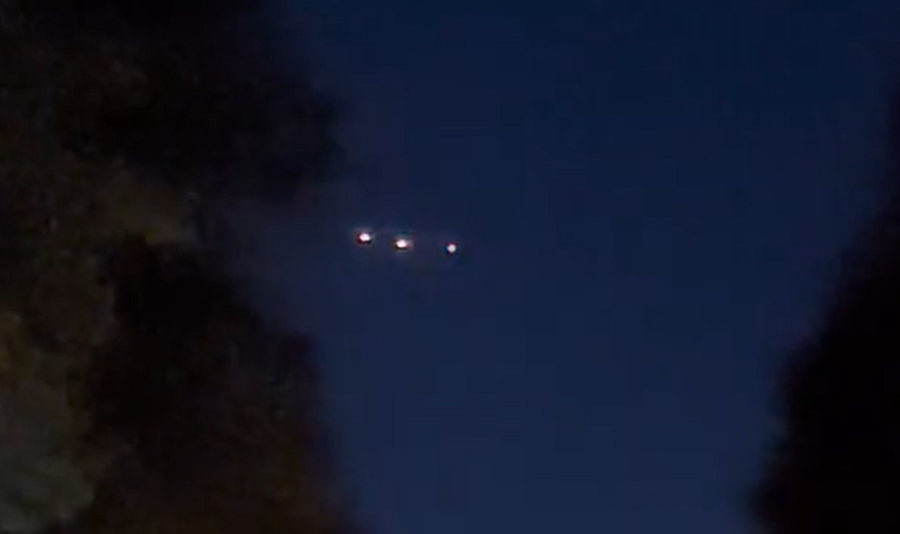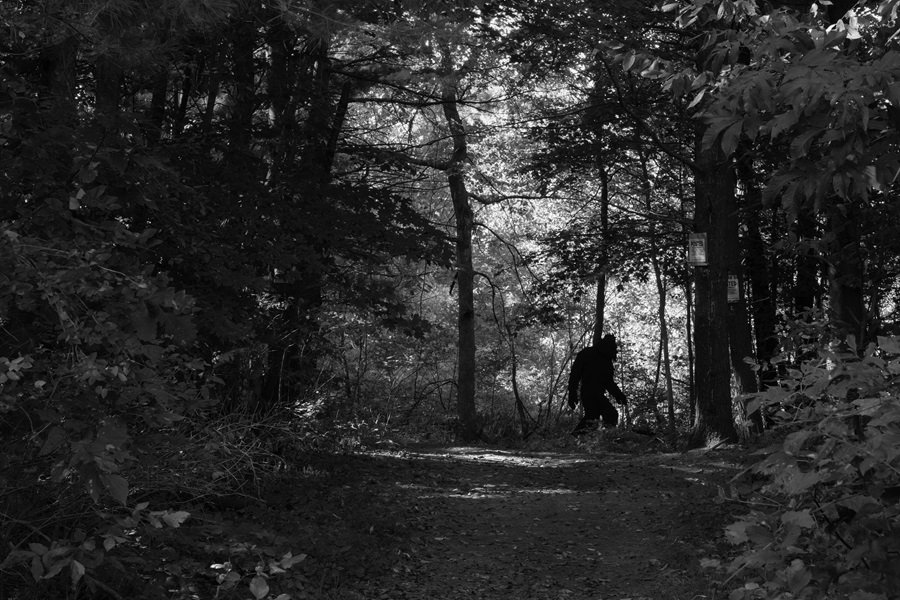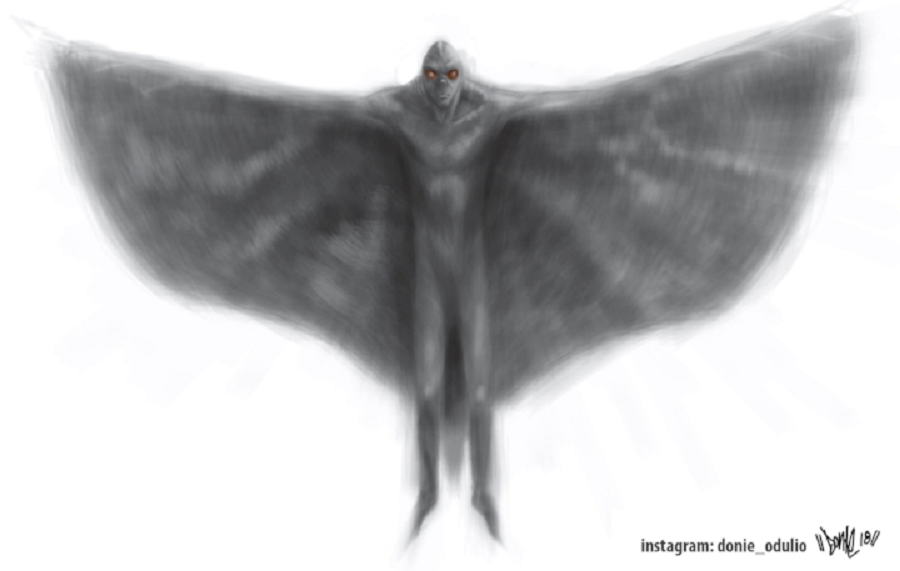DNA Evidence May Help Prove Existence of Big Cats in the United Kingdom
A DNA test ordered as part of an upcoming documentary investigating sightings of anomalous big cats in the UK, Panthera Britannia Declassified, may have provided crucial evidence in favor of their existence.
According to documentary filmmaker Matthew Everett, strands of black animal hair were found on a barbwire fence following a sheep attack on a farm in Gloucestershire.
The hair was reportedly sent to a forensic laboratory, which has requested anonymity, and analyzed using mitochondrial DNA methods to ascertain a 99.9% match to the leopard species Panthera Pardus.
Everett had first heard of anomalous big cat attacks on this particular farm when a sheep was mysteriously killed in 2017. Everett contacted the farmer through social media and was able to investigate the site. The sheep's jawbone was found to have deep indentations, and analysis at the Royal Agricultural University in Cirencester showed they could have been caused by the molar and pre-molar of a large carnivore.
Then, in 2022, the farmer contacted Everett to report another sheep had been killed.
"The DNA was from hairs caught on a barbwire fence where there had been some unusual predatory activity," Everett said. "It's taken five years for the production team to find such evidence and film its journey from collection to analysis."
The most recently killed sheep was a large lamb weighing between 75 and 90 pounds, which had what looked like two puncture marks on its skin.
"There was wool sprawled across the ground, as though some sort of struggle had taken place," Everett said. “We checked the perimeter for access points, and there wasn’t any. But there was a wall that was very high where something could have jumped down quite easily. And that’s when we saw the wool and hair on the barbed wire fence.”
Because of existing reports of big black cats in the area, Everett wasn't surprised by the test's results.
"People in Gloucestershire and Britain have described what appear to be black leopards for decades. So, a leopard DNA result from a black hair sample is unsurprising. This is not the first such DNA result and is unlikely to be the last," he said. "There is a great deal of 'secondary evidence' for these cats, such as consistent witness reports, but hard evidence like DNA is hard to get, so the contribution from this documentary is very helpful. Collecting such evidence from local people, farmers and landowners is essential—citizen science like this will hopefully help us learn more about the Bagheera-type big cats which may be quietly naturalizing here."
Dragonfly Films is currently pursuing broadcast options for Panthera Britannia Declassified.
An earlier version of the film, titled Panthera Britannia, is available on Amazon Prime, Vimeo and Apple TV.
Reports of anomalous big cats are relatively common in the UK, with several high profile sightings reported within the last several years, including a witness who recorded a video of a dark-colored animal crossing a field in the Tynedale district of Northumberland, a mysterious black animal appearing in the background of Good Morning Britain, one witness who claimed their dog had been attacked by a “large cat” while they were out walking in Birstall, a woman in Cumbria who shared a series of photos featuring an animal that many believe to be a puma, the image of a "large wildcat with big claws" shared by a man in Cambridge, and two reports of a large, anomalous black cat that came out of North West Leicestershire.
Experts question the existence of a population of true big cats in Britain, especially a breeding population. Any such animals that are recovered, like the puma found in Scotland in 1980, are largely blamed on an escaped or released pet that had been kept illegally—although hard-line skeptics explain most sightings away as domestic cats that are seen near to a viewer, but are misinterpreted as larger animals seen further away, and refuse to accept even the idea of exotic pet ownership to explain the phenomenon.
In contrast, certain cryptozoologists believe that Britain has secretly supported a population of leopards, or some other species of large feral feline, for thousands of years—an idea that is supported by folklore stretching back to the beginning of recorded history.
To report your own encounter with the impossible, reach out to us directly at the Singular Fortean Society through our contact page.
If you enjoyed this article and would like to support the Singular Fortean Society, please consider becoming an official member by signing up through our Patreon page—membership includes a ton of extra content and behind-the-scenes access to the Society’s inner workings.






















